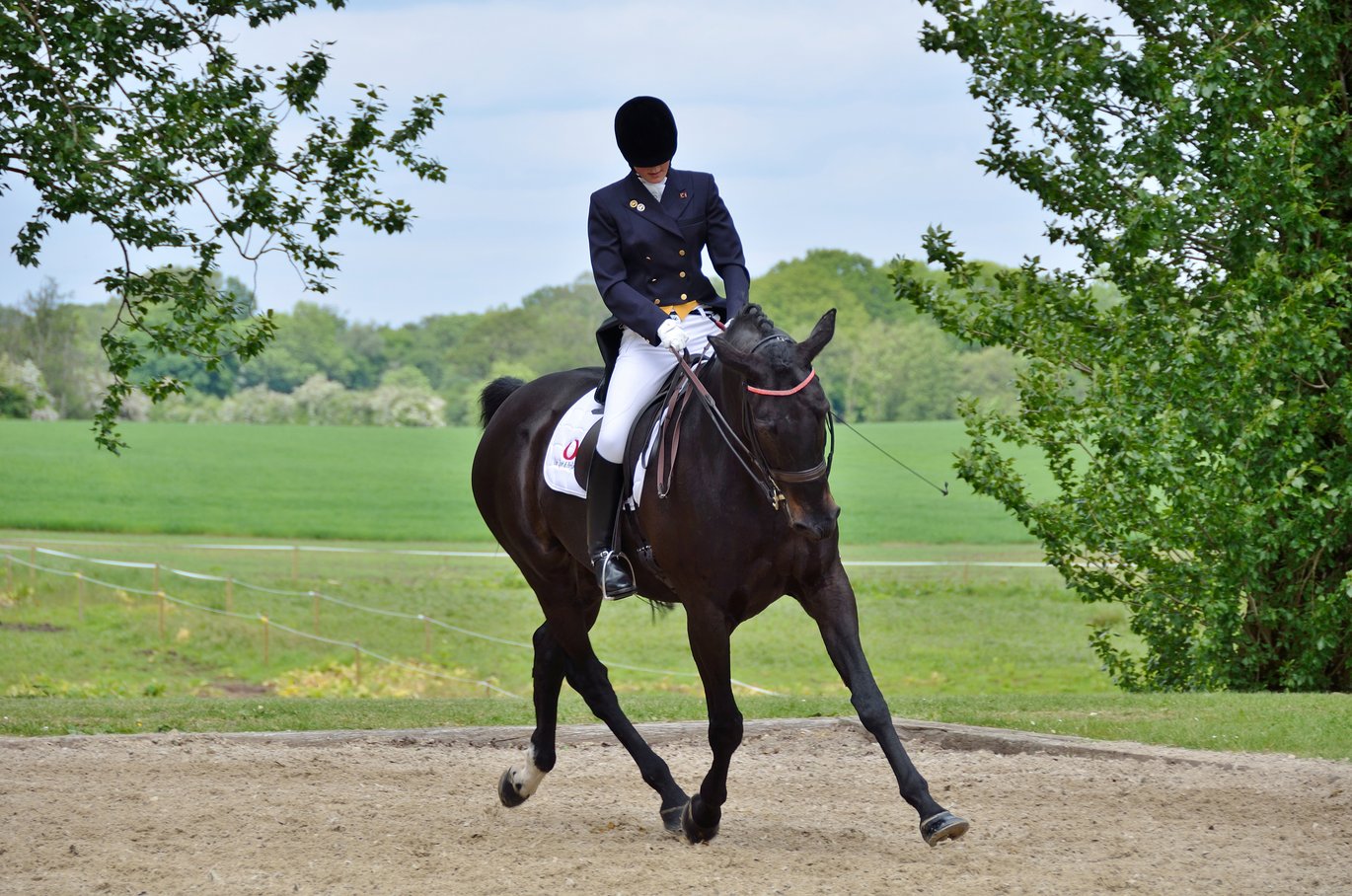Conflict behaviour in horses to be scrutinised
When the horse tosses its head, swishes its tail, or opens its mouth during riding, it can be a sign of discomfort, pain, or frustration. A new project at Aarhus University will pave the way for those who work with riding horses to become better at recognising conflict behaviour and thereby improve horse welfare.

The welfare of horses in equestrian sport has moved more and more into the media spotlight, among other things after episodes of violent riding. In addition, several studies have shown a worryingly high incidence of lesions in the horse's mouth, which may be due to the rider's impact through the bit.
There is therefore a need to increase the focus on these potential welfare problems among riding horses. This can be done by different types of monitoring – e.g. in the form of observation of conflict behaviour of the horses during daily training and competitions.
The correlation between behaviour, stress and oral lesions needs investigation
Janne W. Christensen, who conducts research in horse behaviour, stress and welfare at the Department of Animal and Veterinary Sciences at Aarhus University, will, in collaboration with project partner and veterinarian Mette Uldahl, implement a new research project which aims to investigate the prevalence of conflict behaviour in Danish riding horses in different disciplines. In addition, the researchers will look at the correlation between specific behaviours, stress physiological parameters and the incidence of oral lesions.
"It's incredibly important that we become better at recognising the behavioural signs of discomfort, pain and frustration in horses. In this way, riders, trainers, judges, and other officials can better detect potential problems in time and thereby prevent the development of lesions and generally improve sports horse welfare" says Janne W. Christensen.
The new project consists of three parts:
- In the first part data from video recordings from competitions will be analysed focusing on:
- Prevalence of conflict behaviour among Icelandic competition horses
- Conflict behaviour in warmblood competition horses with and without oral lesions
- The second part is an experimental study, in which the association between conflict behaviour, oral lesions, rein tension and physiological parameters (including saliva cortisol and heart rate variability) is studied.
- In the third part of the project, educational material with illustrations and video clips will be developed (on the basis of parts 1 and 2 as well as available scientific literature). Groups of riders, trainers and judges will then go through a brief course in the recognition of conflict behaviour and the reliability of recognition of the behaviour will be investigated.
Perspectives in the project
According to Janne W. Christensen, education on the recognition of conflict behaviour has the potential to reduce the incidence of lesions in the horse's mouth and generally improve sports horse welfare:
"We will be able to achieve this - partly because riders and trainers have the opportunity to adjust equipment and training methods when they become more aware of the specific types of conflict behaviour - and partly because the integration of conflict markers in the assessment of horses in sport has a major influence on how horses are presented for competition and which types of behaviour are considered normal and acceptable in the sport."
